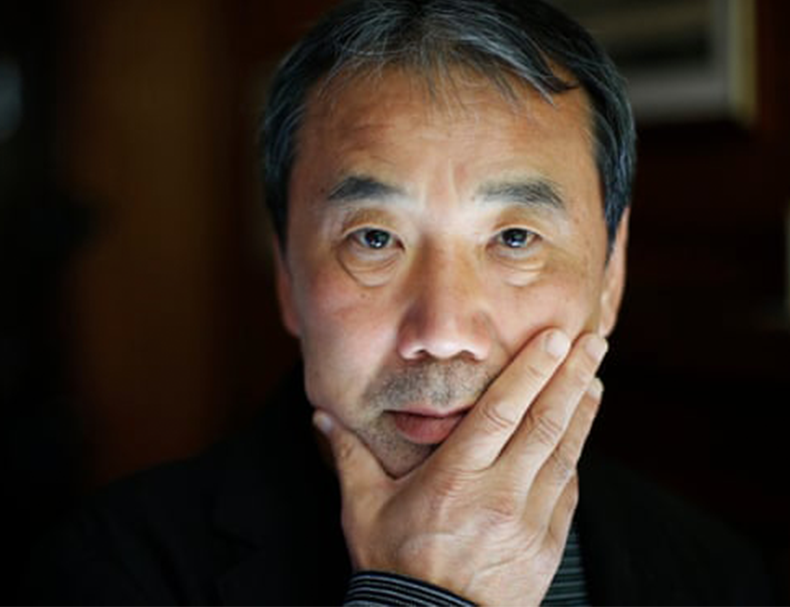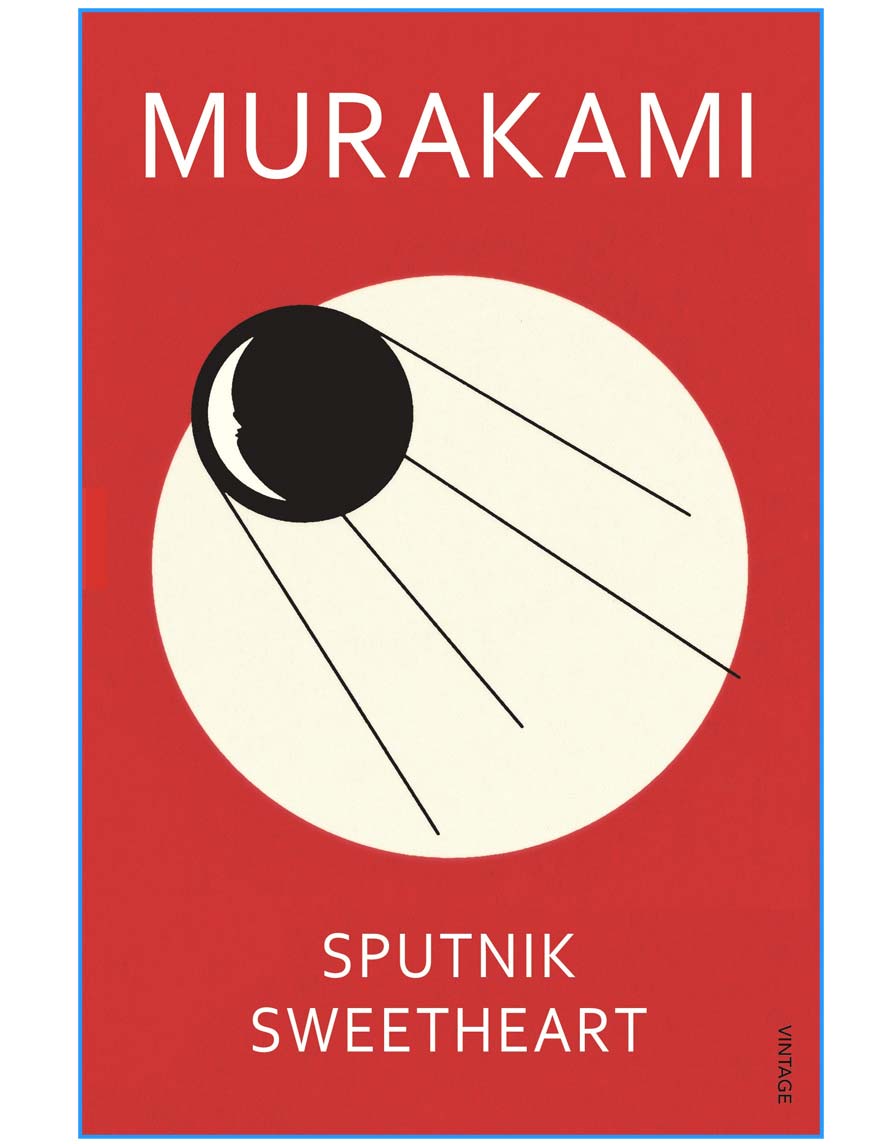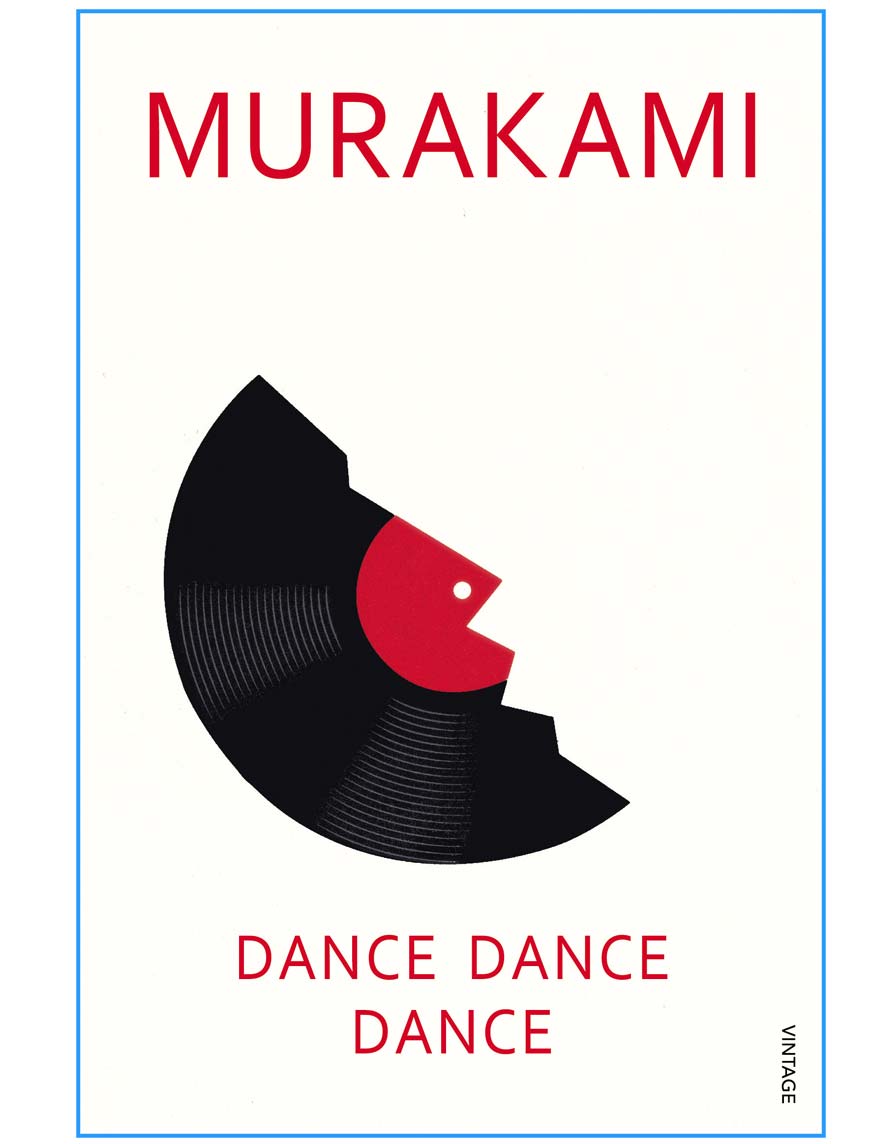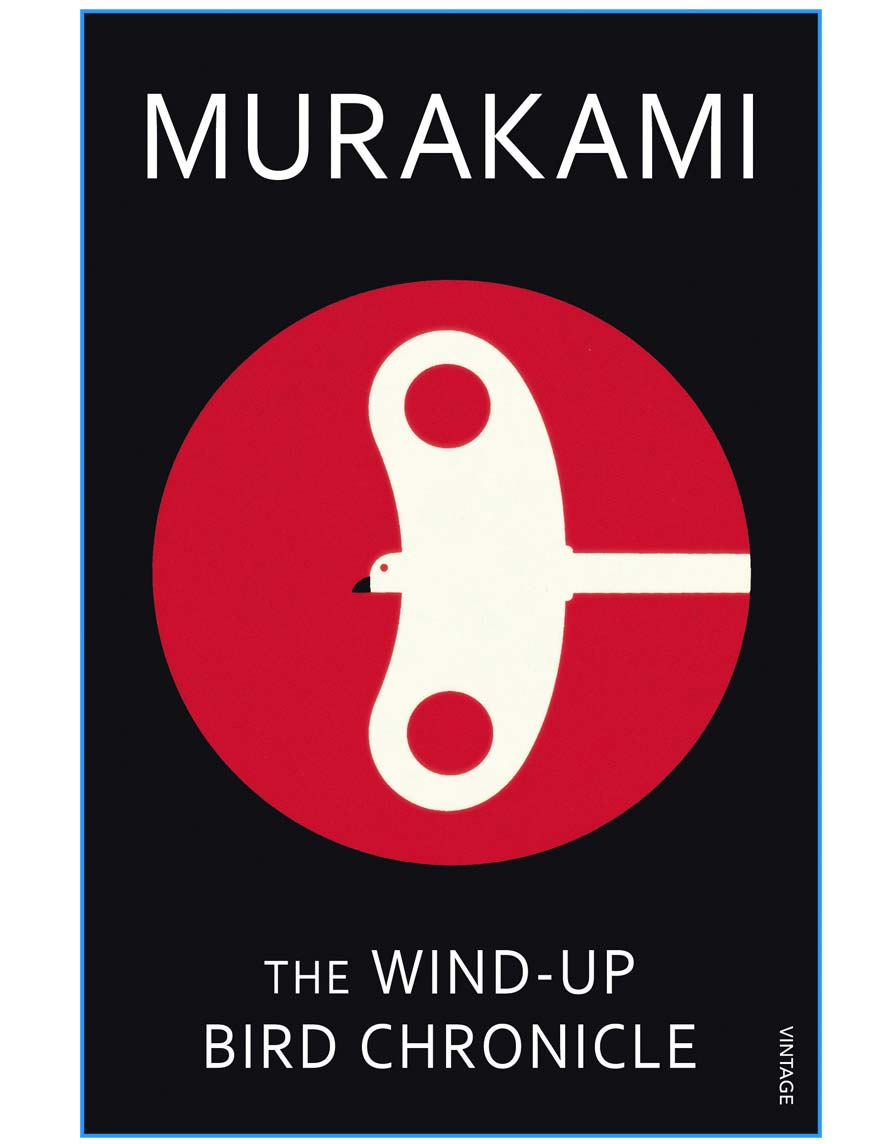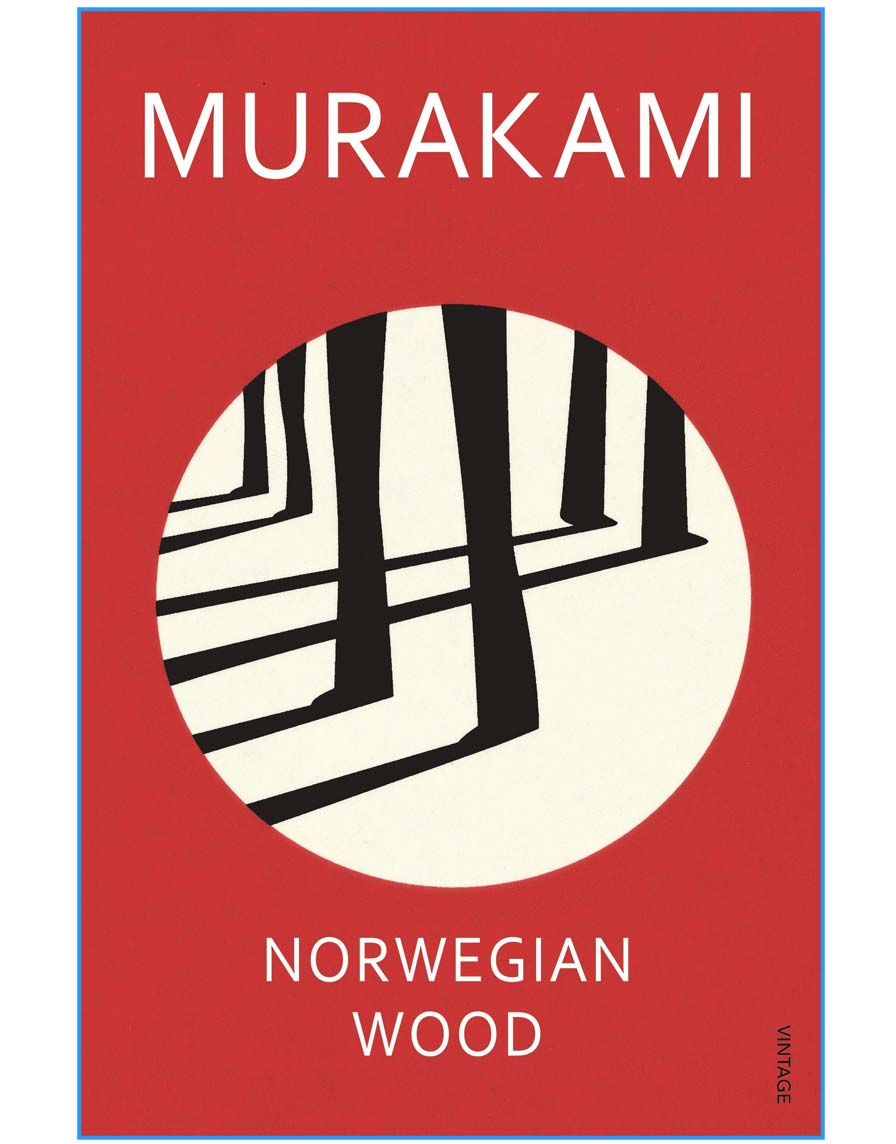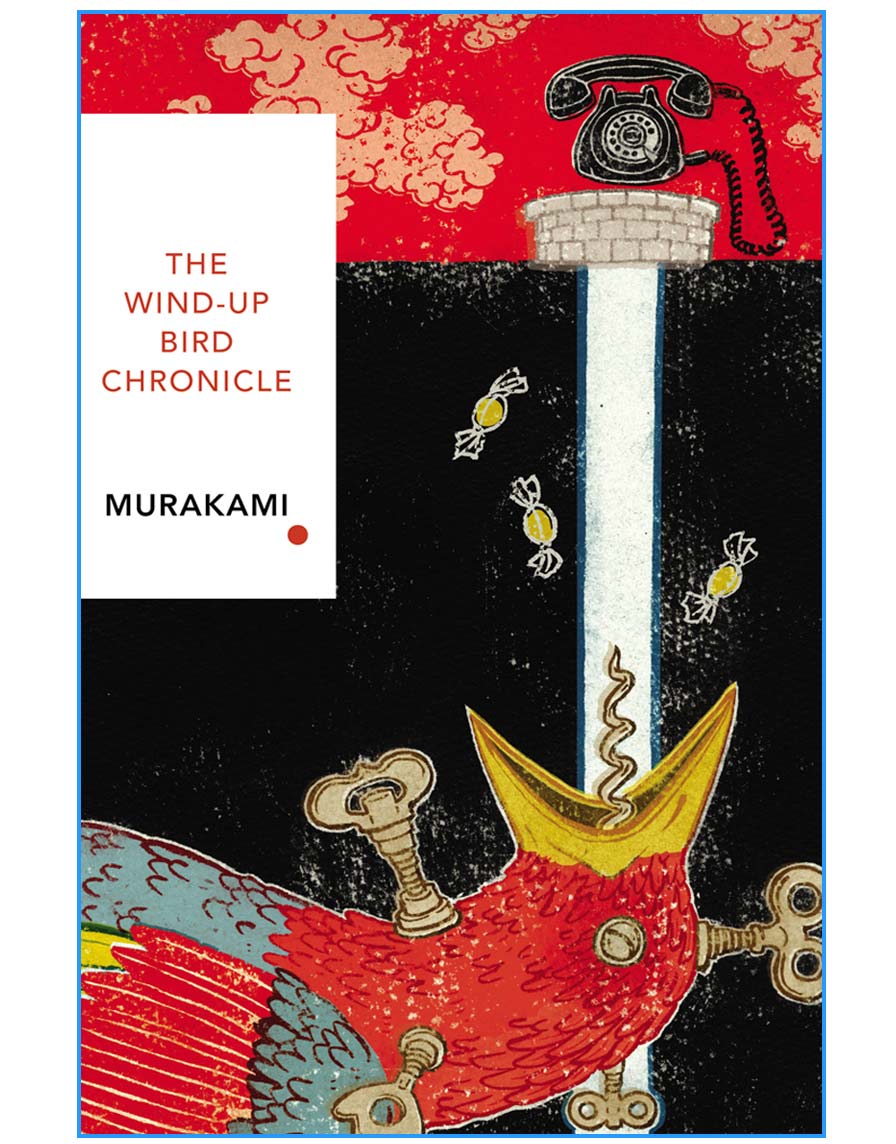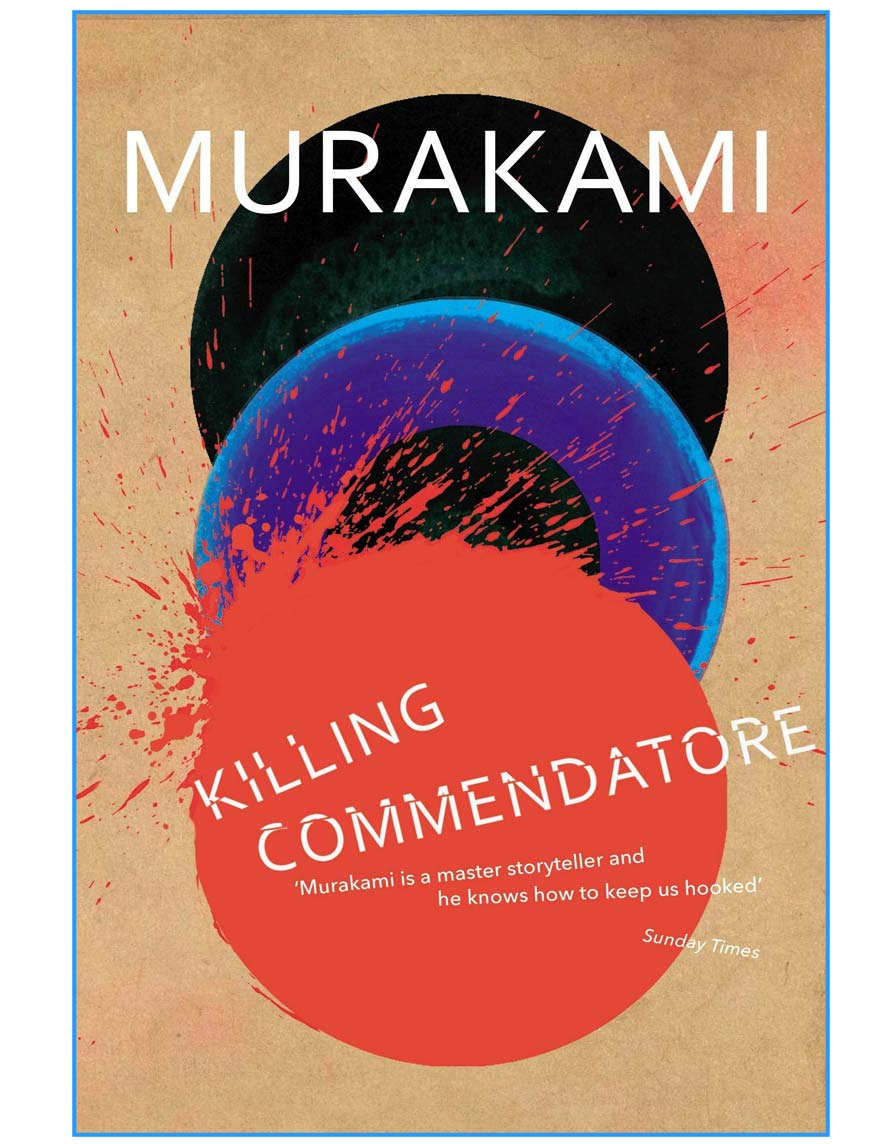Killing Commendatore
6 years agoKilling Commendatore by Haruki Murakami review – a rambling voyage of discovery
Anyone who has ever stared for hours at a blank laptop screen or surfed a deadline on to the rocks would be forgiven for feeling aggrieved by the serene, steady progress of Haruki Murakami. When at work on a novel, the Japanese author adheres to a strict daily routine. He rises at dawn, writes through the morning and then takes a 10km run in the afternoon. Eventually, he says, the writing and the running become indivisible, a “form of mesmerism” that serves to cast the author as a semiconscious agent in the forward movement of the narrative, or an observant traveller through pre-existing terrain. As an added bonus, this helps to fireproof the work against criticism, implying that any perceived failings – any missteps, soft patches or unexpected detours – are simply part of a book’s natural pattern. Murakami does not know entirely where he’s going and believes that’s as it should be. When you take the scenic route, you must expect some twists and turns.
Killing Commendatore, appropriately enough, charts the course of a man on the run who finally circles back towards home, dropping and retrieving narrative threads on the way (the book’s end point is revealed in the opening few pages). Its unnamed narrator is a 36-year-old portrait painter escaping the wreck of his marriage, in flight from his own emotions and contemplating a lonesome samurai-style existence in the mountains outside Odawara in central Japan. But the world, and the spirit world, keep rattling at his door. There is a mysterious bell that rings in the woods every night and a mysterious painting (Killing Commendatore, inspired by Mozart’s Don Giovanni) kept under wraps in the attic. Before long our hero’s remote retreat has become as busy as Grand Central Station, or a metaphysical Cluedo mansion in which each arrival comes armed with an opaque but important new piece of information. In a more conventional plot these pieces would eventually resolve themselves into a definitive photorealist picture; the kind Murakami’s narrator prides himself on producing. Here they are more likely to be dripped on to the canvas in the manner of an airy, swirling abstract painting.
Paul Klee once described the act of drawing as “taking a line for a walk”. No doubt Murakami views his writing in much the same fashion, as a creative ramble, as illuminating for himself as it is for his reader. His line zigzags, takes tangents and doubles back on itself. The view changes so often it’s hard not to feel turned around. Sometimes, reassuringly, Killing Commendatoreruns across ground the author has mapped out before. Its gallery of spirits, for instance, can be compared to the “Little People” he deployed in IQ84, while a mystical descent into a dry stone pit is a familiar Murakami trope, most conspicuously showcased in The Wind-Up Bird Chronicle.


